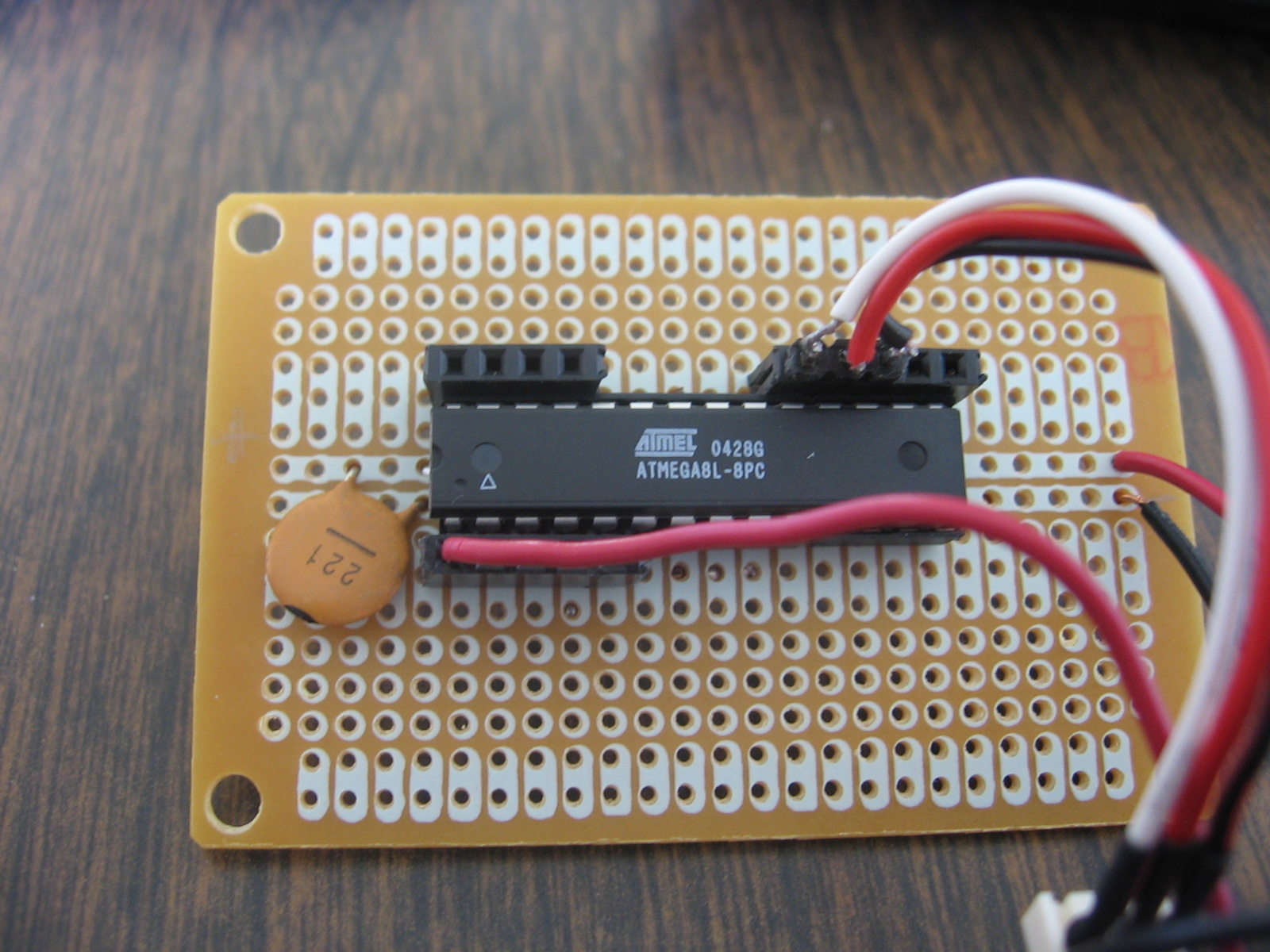Avr910 Usb Programmer Drivers For Mac

MySmartUSB Programmer. For my programmer, mySmartUSB, a driver is needed. As the programmer uses the Silicon Labs CP2102 chip for USB-to-UART conversion, an additional driver is needed. It can be found here. After installation a reboot is recommended. The device file is only visible when the programmer is attached to the USB port.
Before you plug in your board, you'll need to possibly install a driver!
Click below to download our Driver Installer
Run the installer! Since we bundle the SiLabs and FTDI drivers as well, you'll need to click through the license
Select which drivers you want to install:
By default, we install the Feather 32u4 , Feather M0, Flora and Trinket / Pro Trinket / Gemma / USBtinyISP drivers.
You can also, optionally, install the Arduino Gemma (different than the Adafruit Gemma!), Huzzah and Metro drivers
Click Install to do the installin'
Driver installed! Now go to your Device manager (Start Menu -> Settings -> Control Panel -> System -> Hardware) and look for the device:
Mac OS X & Linux
A driver is not required.
This guide was first published on Jun 10, 2013. It was lastupdated on Jun 10, 2013.This page (Drivers) was last updated on Mar 09, 2020.AVRDUDE is a very popular command-line program for programming AVR chips. Avrdude version 5.5 and higher has built-in support for USBtinyISP! Look below for instructions for windows and mac on how to install the correct version of avrdude
To test that avrdude is working properly open a command line and run the command avrdude -c usbtiny -p m8 while the device is plugged in (the green LED is lit).
You should get that response, which means that it communicated with the programmer but failed to find a connected chip.
If the programmer is not found, you will get this response:
You can try unplugging and replugging it (a reset may help) or check if the driver is installed, etc.
If you connect the programmer to a target (say an attiny2313 target board) and run avrdude -c usbtiny -p t2313 you should get the following which indicates it communicated properly with the chip.
Using it is simple, just indicate usbtiny as the programmer type. The port option is ignored as it always uses USB.
You can use the -B option to specify the ISP speed. By default the value is 10 which means 100KHz clock, this is good for target clock speeds > 500KHz. If you want the high speed clockrate (400KHz) for target frequencies > 4MHz you can use '-B 1' to speed up programming. To calculate the SPI frequency from the delay value, use this formula:
SPI clock frequency in KHz = 1000/(1.5+B) where B is the delay value.
In general, the clock frequency should be at least 4 times larger than the target clock frequency. Try '-B 32' if you're having clocking issues, that should handle even 128khz clocks.
Can't get it working? Dont worry, help is available in the forums!
For a tutorial on how to install WinAVR, check out this page which has step by step instructions. Make sure you get the Dec 20. 2007 release or newer. That one has avrdude 5.5 with usbtiny support!
Hp printer website. Don't forget to install the driver too (and check the driver page for more info).
If you install the AvrMacPack, it comes with Avrdude 5.5 and usbtiny is supported out of the box!
Otherwise, if you installed OSX-AVR, finish with these steps.
Grab the avrdude zip file from the download page.
Replace avrdude and avrdude.conf wherever you have them installed, probably /usr/local/bin and /usr/local/etc but not necessarily depending on your development system!
To find where avrdude was installed type which avrdude into a Terminal window and the directory will pop up. To move the files, type mv ~/usbtiny-avrdude/avrdude assuming the new avrdude binary is in a folder called usbtiny-avrdude in your home directory. To find out where the conf file is type avrdude -v into a Terminal window. Do the same thing for avrdude.conf.
(Make backups of the old version of course.)
Close the terminal and open a new one. If you type in avrdude -c usbtiny -p t2313 (without the usbtinyisp plugged in) it should say Could not find USB device 0x1781/0xc9f If not, check to make sure properly replaced avrdude and avrdude.conf.
Now read about how to use avrdude here!
If that still doesn't work, you should compile it from the source code which is guaranteed to work.
For a tutorial on how to set up your Linux machine for AVR programming and development, check out this page which has step by step instructions. Make sure you get avrdude 5.5 version or later!
If you get this response, it's a permissions problem with USB. You can run as root or..
Thanks to a friendly user, there is a quick fix so you don't have to run it as root:
A udev rule, placed in a new rule file (named whatever you'd like) in /etc/udev/rules.d/ (or wherever you distro will expect it) will set the permissions for the USBtinyISP correctly.
SUBSYSTEM'usb', SYSFS{idVendor}'1781', SYSFS{idProduct}'0c9f', GROUP='users', MODE='0666'
or maybe
SUBSYSTEM'usb', SYSFS{idVendor}'1781', SYSFS{idProduct}'0c9f', GROUP='adm', MODE='0666'
depending on your distro
(one line!) should do the trick. Sane does something very similar to
allow regular users to access a scanner.
Another user suggests:
The udev examples given don't work on some systems as the SYSFS parameter is deprecated. The following rule works on recent Ubuntu systems and should probably work on other newer Linux systems:
SUBSYSTEM'usb', ATTR{product}'USBtiny', ATTR{idProduct}'0c9f', ATTRS{idVendor}'1781', MODE='0660', GROUP='dialout'
This guide was first published on Jun 10, 2013. It was lastupdated on Jun 10, 2013.This page (AVRDUDE) was last updated on Mar 09, 2020.